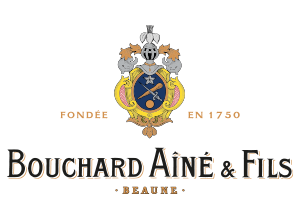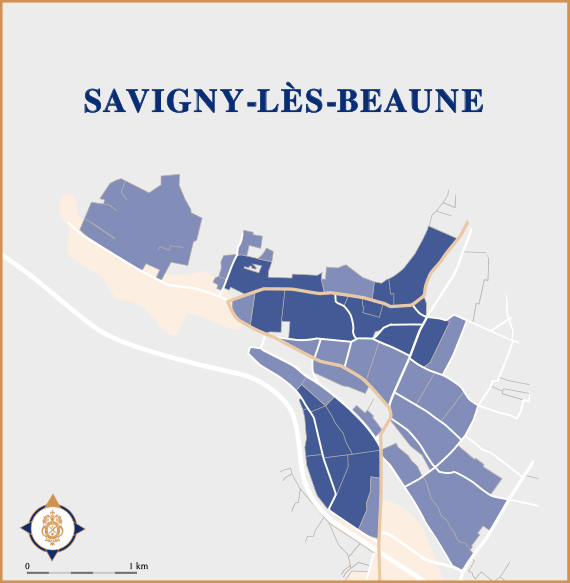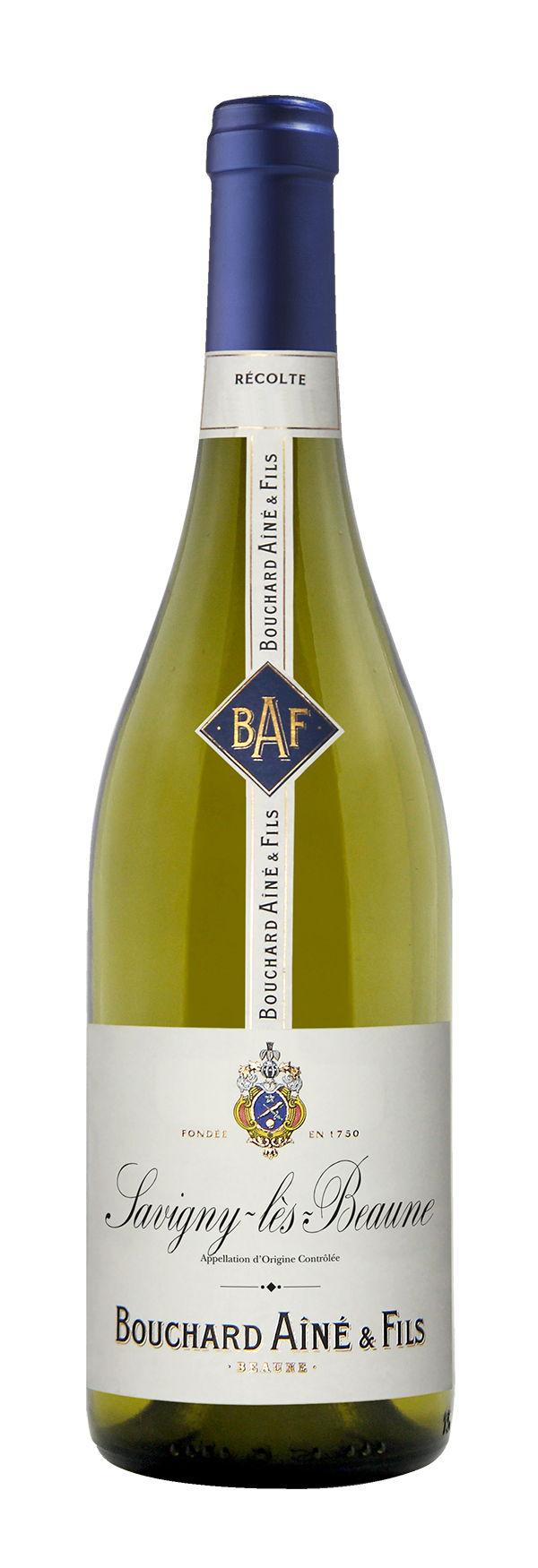SAVIGNY-LÈS-BEAUNE 2021
SAVIGNY-LÈS-BEAUNE 2021
Varietal
Tasting notes
Nose : Revealing its origins as a Burgundian wine made of rare Pinot Blanc with its floral notes.
Mouth: Full attack with citrus and toasted aromas, notes of butter, light minerals and a good length with lots of freshness. A lively, well-structured and harmonious wine.
Food and wine pairing
Serving suggestions
Ageing potential
Origins
The vineyards form a V, with the two branches separated by the alluvial cone of the Rhoin. As a result, we find a diversity of terroirs, ranging from gravelly, iron-rich soils on the Pernand-Vergelesses side, to reddish-brown limestone with more clay on the way down the hillside, to sandier soils on the opposite slope. This diversity produces the fruity, supple wines that are so characteristic of the appellation.
The appellation covers 383 hectares: 144 hectares of vines are classified as 1er cru and only 15% of the surface area is given over to white wines.
Vinification and maturing
The grapes were pressed immediately after the harvest. The juice was left to settle in vats where alcoholic fermentation began, before being transferred to barrels. The wine remained for 11 months in the calm of the cellar, half of it in barrels that had already been used once, a quarter in new oak, and a quarter in two-year-old barrels. The lees were stirred for two months.
Vintage : 2021
The 2021 vintage was a challenge for winegrowers right up until the very last day. From the frost in April, made worse by a very early start to the winegrowing season, right through to the September harvest, it was characterized by some brutal shifts in the weather. Winegrowers had to be extremely reactive and attentive. The only moment of respite came with flowering, which was ideal for fruit formation, and véraison, which was accompanied by sunshine from mid-August. In the end, hard work was rewarded with success, low volumes aside.
Aside from the low yields due to frost, and hail in June in certain parts of the Mâconnais, the grapes were sorted meticulously, both in the vines and in the winery.
Anyway, 2021 is an interesting vintage to work as it requires great technical skill and vinification must be very precise. Although fermentation was rapid, one had to pay a great deal of attention to the extraction of tannins and colour for the reds, and to the aromatic balance of the whites. The impression from the first tastings is that the musts have good aromatic potential and the sugar-acidity ratio suggests a style appreciated by fans of Bourgogne wines.





 PDF file
PDF file